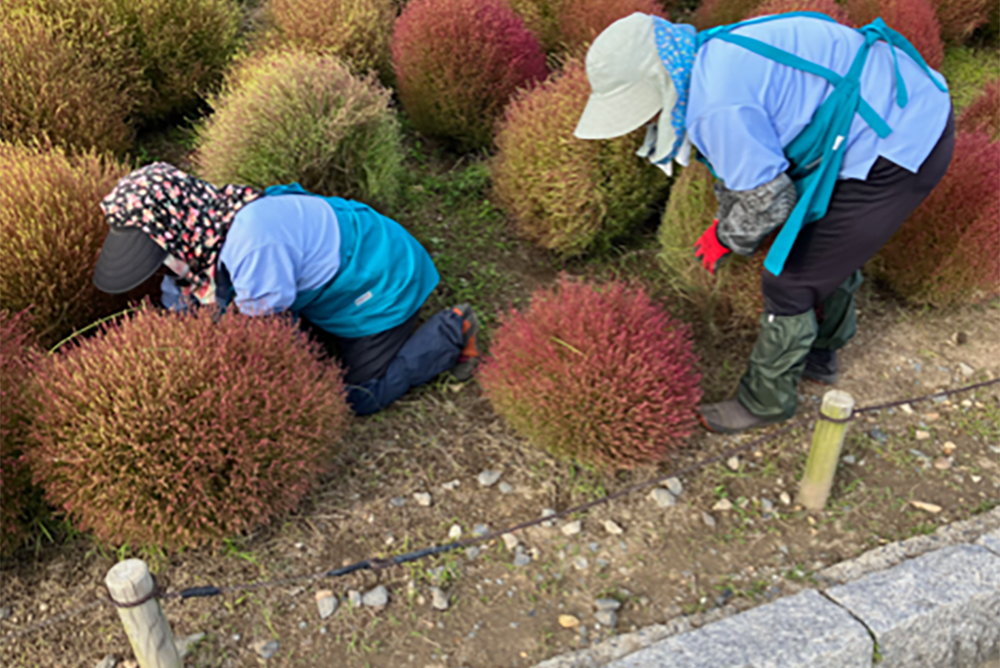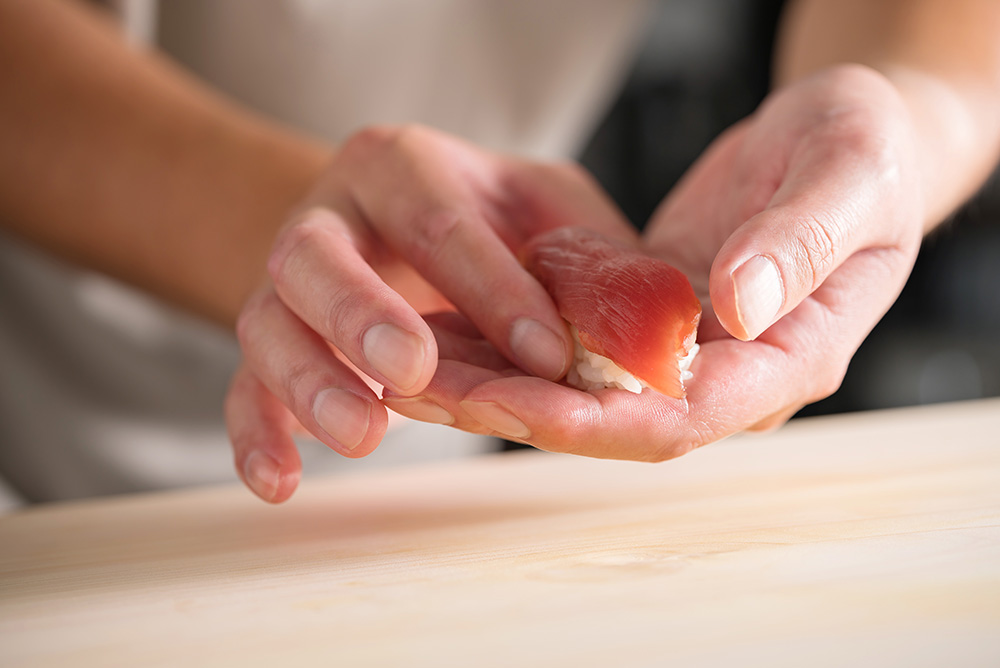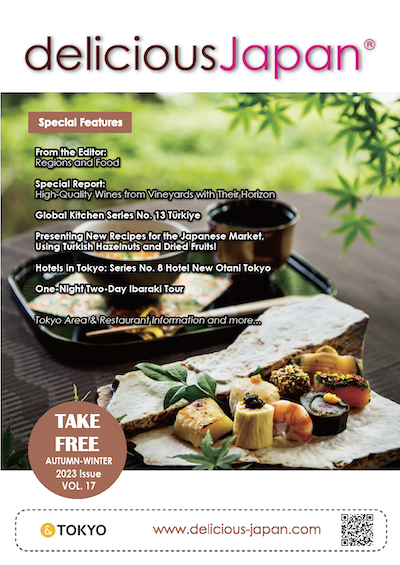
Traditional Japanese Ingredients to the World
With growing interest in health, super foods and “foods with function claims” are gathering attention as being good for health and the body, and stimulating the market in Japan. But if you think about it, the Japanese people have pursued diets good for their health and nutrition since ancient times.
With washoku gaining recognition as healthy cuisine in many countries, UNESCO inscribed washoku culture as intangible cultural heritage in 2013, so Japanese food is gathering far more attention than any other time before.
The eating habits and diets of the Japanese people have been changing with the times.
Ramen, which is popular overseas too, came to Japan from China, but has been arranged into Japanese style with soup fl avorings such as salt, tonkotsu (pork bone stock), and miso paste. By now, it has settled in as an established part of our food culture. The same is true of curry, which originated in India. By now it is such an established part of our culture that it is high on the list of home cooking dishes.
Traditional washoku is made of unique ingredients grown in the changing seasons of Japan, an island nation. Even so, it has assimilated foreign ingredients and dietary customs in every era, and that interchange has built up into today’s Japanese cuisine.
In the other direction, sushi is a well known Japanese cuisine in many countries. Sushi in Japan uses raw fi sh, but the California rolls, born in America and growing in popularity, are a leading example of “sushi” that doesn’t use raw fish. This kind of Japanese cuisine, that is spreading overseas, is changing in form and appearance from the Japanese originals as it assimilates into the food cultures of the countries it reaches.
The Japan’s Food Export Fair presents many traditional ingredients and processed items that are superfoods long eaten in Japan. Of the many diverse ingredients used in Japanese cuisine, we want to focus here on traditional ingredients.





